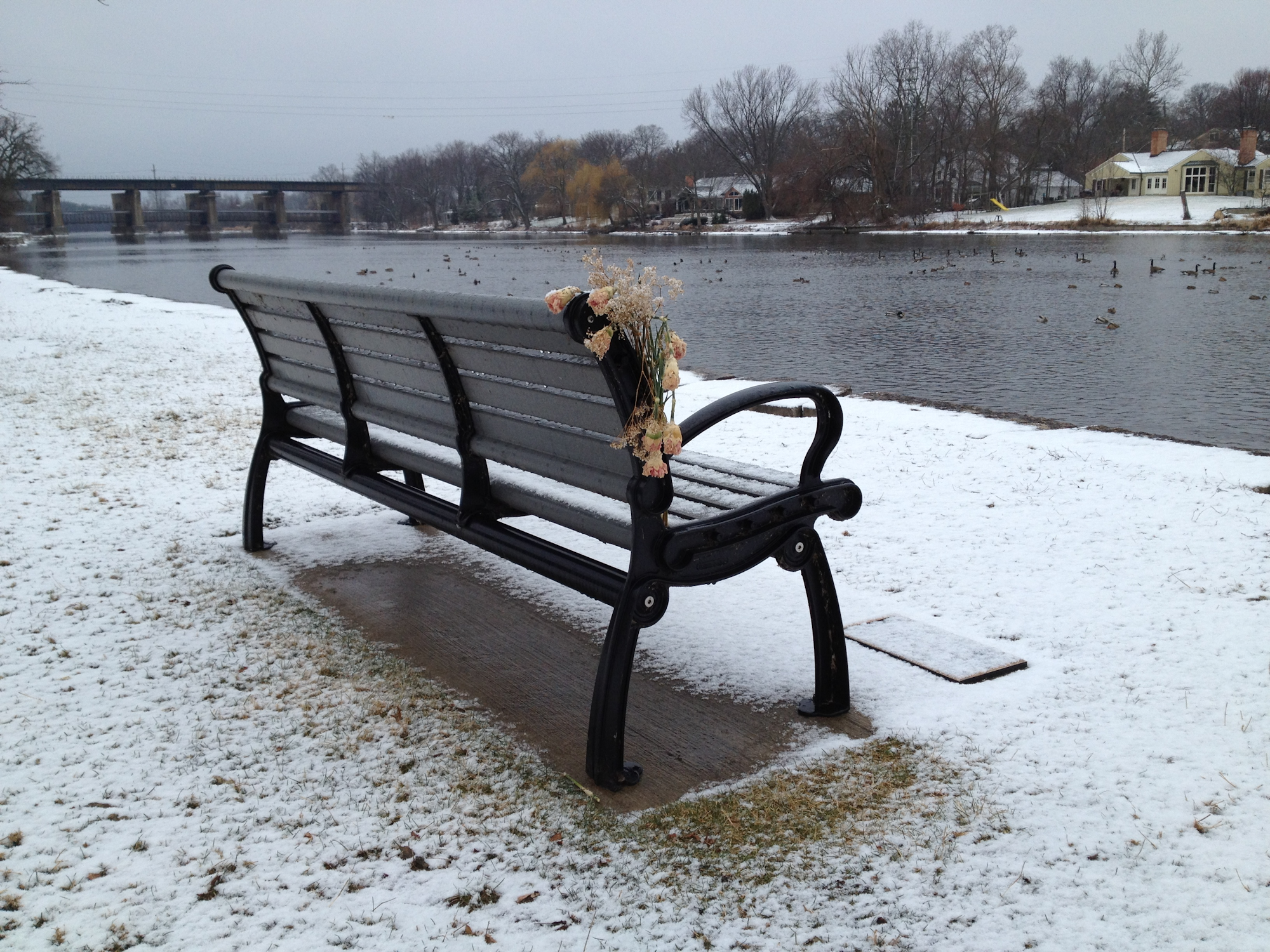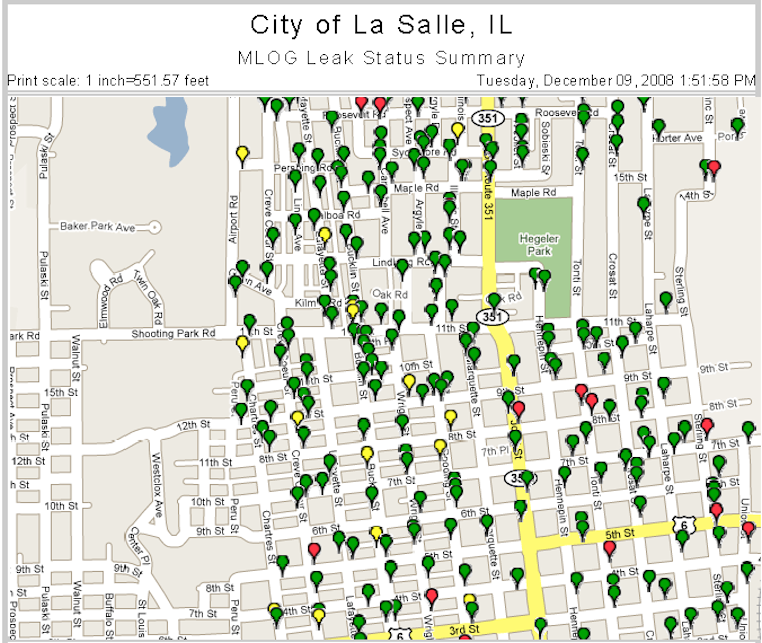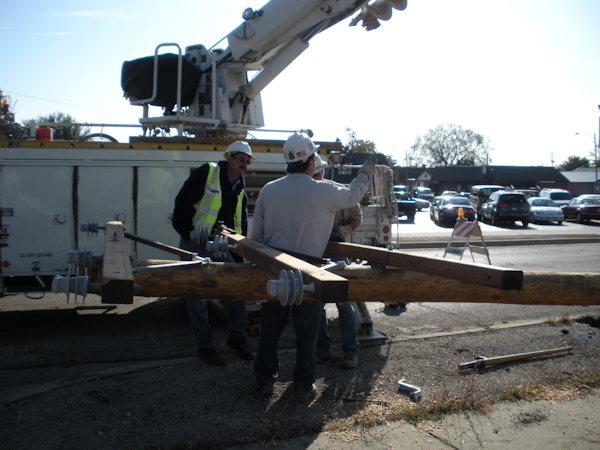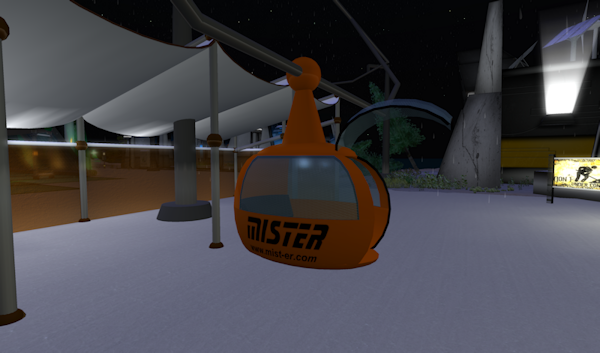Day 29
Automatic Meter Reading Research
For about a year we've been researching automatic meter read (AMR) systems. Because our neighboring communities to the north and south have also been going through this process, we decided to combine our efforts and collaborate on the research. So as a group we've met with several vendors over the course of the past year. Today we all got together to summarize our findings and to discuss where we go from here. We decided to call in one of the vendors to discuss a few of the options we thought about pursuing. Although I think the AMR technology is awesome and very much enjoy researching the options, what has really been rewarding has been the opportunity to work with the other cities on this project. Like my co-workers, the staff in these cities are very knowledgeable, professional, and great to work with.
Special Service Areas (SSA)
Later in the day a few of our staff met to continue the discussion about creating an SSA for a certain area in our community. Again, these SSAs help provide a funding vehicle for improving a specific subdivision. Although we dont' always levy taxes in each SSA, it's still good to have it in place in case the neighborhood needs to have maintenance or work done within the common areas of their subdivision.
Permits and Development
One of the utilities in our area is still trying to get a line installed in our downtown area. They submitted a new plan showing where they want to install their line, but they showed no other utilities on the drawing. So I had to let them know I cannot really review it without knowing where the other utilities are. On Monday, I'll have to make a copy of our utility maps for that area and send them to the utility so they can add them to the drawings. I also worked a little bit with a development that has re-submitted plans for review. We are still waiting for them to resolve the location of the electric so I could not move forward with their approval this week. Hopefully it will be resolved next week so I can complete by review.





